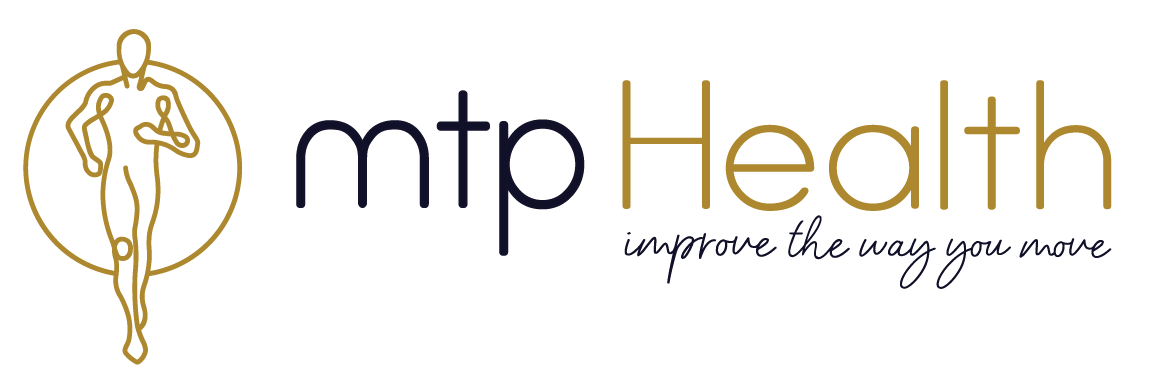The importance of glute max activation in lower limb rehabilitation.
In 1994 Bullock-Saxton wrote a groundbreaking article about glute max inhibition after ankle sprains. When I first read the article in 2010 I couldn’t believe it. Was this paper really released in 1994? It was like the first time I realised that the Beastie Boys released ‘fight for your right to party’ in ’84. How could I have missed this knowledge during my physiotherapy studies?
The paper was, and is so groundbreaking that only now are professional sports players and health professionals starting to routinely include glute activation exercises into all lower limb rehab programs.
Like most great theories the idea that glute max is inhibited after an ankle injury is simple. Plainly glute max derives the same anatomical neural innervation as the ankle and part of the knee. Secondly, it has been long recognized that pain and swelling causes neural and therefore muscle inhibition. Bullock-Saxton put these two theories together, theorizing that the pain and swelling after an ankle injury could work up the chain and inhibit glute activation. It turns out that this actually occurs. The result of the paper showed a significant decrease in glute max activation during squatting and hopping after ankle injury.
Furthermore, glute max is more than a hip extensor, it is the principle external rotator of the lower limb. The current thinking is that the glute max fires upon the limb landing, to eccentrically shock absorb the weight of the body. Therefore if glute activation is not correctly rehabilitated then not only would you lose power while squatting and dead lifting but also a large amount of shock absorption while running or jumping. When we screen players before being drafted you can almost predict which lower limb has been previously injured by the lack of glute max firing upon landing from a hop.
So what can you do? Depending on the severity of a lower limb injury the rehab program differs, however below is a simple start.
Furthermore, glute max is more than a hip extensor, it is the principle external rotator of the lower limb. The current thinking is that the glute max fires upon the limb landing, to eccentrically shock absorb the weight of the body. Therefore if glute activation is not correctly rehabilitated then not only would you lose power while squatting and dead lifting but also a large amount of shock absorption while running or jumping. When we screen players before being drafted you can almost predict which lower limb has been previously injured by the lack of glute max firing upon landing from a hop.
So what can you do? Depending on the severity of a lower limb injury the rehab program differs, however below is a simple start.
Practical application
– Any lower limb injury will require a period of glute max activation exercise.
– The worse the injury the longer and more varied the activation program has to be.
Our GWS football players start with the following activation exercises.
Single leg squats from a chair to fatigue
Important- you should feel like you are pushing through your heel not your quad or knee. Squeeze your glutes at the top and pretend to hold a credit card between your cheeks on the way down. Repeat to fatigue
Single leg ¼ squats on a towel until fatigue
– Roll up a towel and stand on it length ways
– This exercises engages your hips proprioception while activating your glute max. Watch the tracking of your knee, it should track outside your 2nd toe. Again push through your heel and engage your glutes at the top.
Both exercises need only one set per day, so a little time activating your glutes might save a lot of treatment time and money.
– Any lower limb injury will require a period of glute max activation exercise.
– The worse the injury the longer and more varied the activation program has to be.
Our GWS football players start with the following activation exercises.
Single leg squats from a chair to fatigue
Important- you should feel like you are pushing through your heel not your quad or knee. Squeeze your glutes at the top and pretend to hold a credit card between your cheeks on the way down. Repeat to fatigue
Single leg ¼ squats on a towel until fatigue
– Roll up a towel and stand on it length ways
– This exercises engages your hips proprioception while activating your glute max. Watch the tracking of your knee, it should track outside your 2nd toe. Again push through your heel and engage your glutes at the top.
Both exercises need only one set per day, so a little time activating your glutes might save a lot of treatment time and money.
About the author:
Alex Casablancas is an assistant physiotherapist with the GWS Giants (AFL) and has previously worked for Melbourne Football Club (AFL) and Melbourne Heart Football club (A-league)
Alex Casablancas is an assistant physiotherapist with the GWS Giants (AFL) and has previously worked for Melbourne Football Club (AFL) and Melbourne Heart Football club (A-league)

I pulled my hamstring
Six weeks ago and I have
Two metal rods in my ankle
My ass AND ankle are still
Very sore would these exercises
Help
Absolutely,
Apologies for the late reply. However it is always good to get an assessment before trying a treatment.
Cheers
Alex